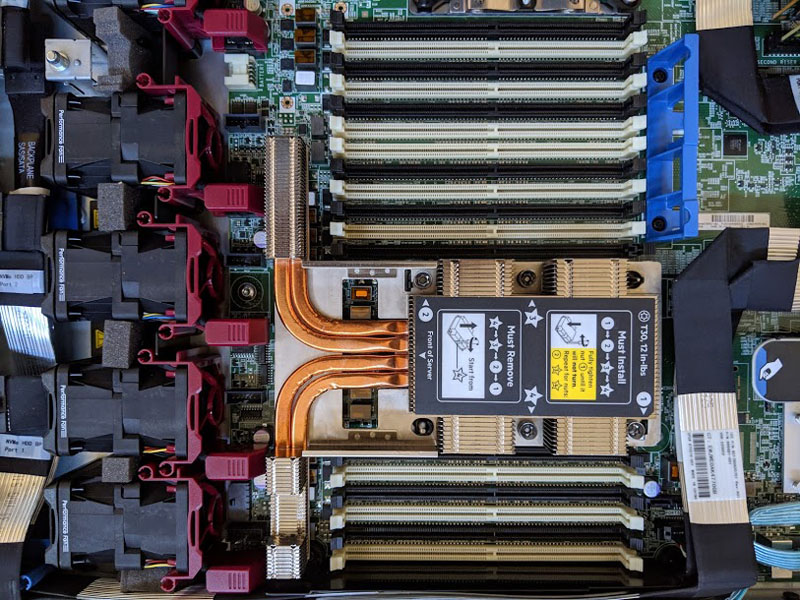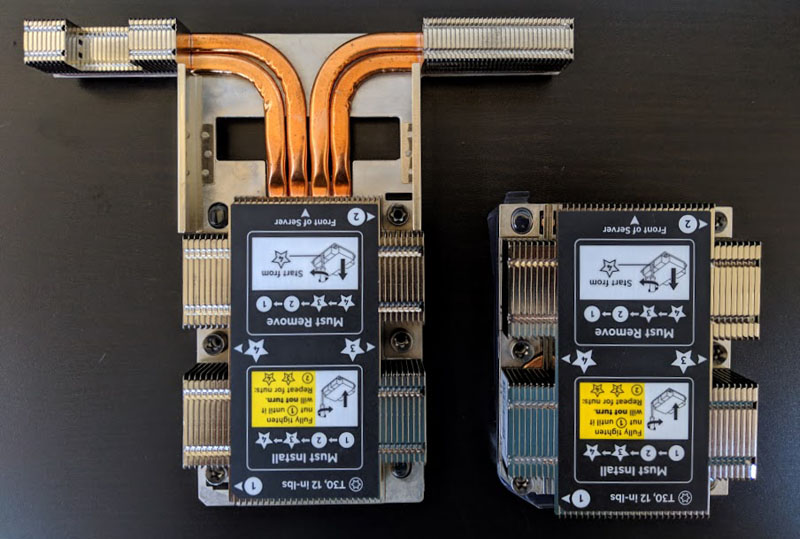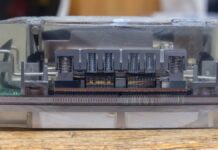Our Intel Xeon Platinum 8253 benchmarks and review has a dubious finding. After testing the chips, we are going to give the parts our title of the “worst Intel Xeon Platinum” parts. That is not a term we use lightly at STH. Behind the products we review, there are genuinely nice people that spend years of time developing products and it is hard to say that something that objectively works as expected can be the worst. In this context, we are simply going to say buy a different Intel Xeon Scalable CPU. There are plenty of better options in the SKU stack, and in this review, we are going to show you why.
Key stats for the Intel Xeon Platinum 8253: 16 cores / 32 threads with a 2.2GHz base clock and 3.0GHz turbo boost. There is 22MB of onboard cache. The CPU features a 125W TDP. These are $3115 list price parts. Here is the ARK page with the feature set.
Here is what the lscpu output looks like for an Intel Xeon Platinum 8253:

For single and dual-socket configurations, the DDR4-2933 memory clock is a stand out feature. The core count and clock speeds though are very close to the Intel Xeon Silver 4216 which is one-third the price. We are going to note here that these chips work in 4 and 8-socket configurations. On the other hand, if you are configuring a 4P or 8P server, the incremental cost to move to a better SKU in the stack is relatively low.
Intel Xeon Platinum 8253 Test Configuration
For our 2nd Generation Intel Xeon Scalable CPU single-socket reviews, we are using the following configuration:
- System: HPE ProLiant DL360 Gen10
- CPU: Intel Xeon Platinum 8253
- RAM: 6x 32GB DDR4-2933 ECC RDIMMs
- Storage: 1x Intel DC S3700 400GB
- PCIe Networking: Mellanox ConnectX-3 HPE FlexLOM dual-port 40GbE
The Intel Xeon Platinum 8253 supports the maximum DDR4-2933 memory speeds of this Xeon generation. We covered the test system in more detail in our article A New STH 1P 2nd Gen Intel Xeon Scalable Test Platform including the process we went through to select the heatsinks and fans.

One will notice that we are using the high-performance heatsink here with the high-performance fans. That is to ensure that even though we are using a 1U server, we have enough cooling capacity for our testing. If you purchase a new ProLiant DL360 Gen10 you will likely get a standard heatsink which is more than ample to cool a low-power part like this. You can see the difference between the high-performance and standard HPE ProLiant DL360 Gen10 heatsinks here:

Next, we are going to take a look at our Platinum 8253 benchmarks. We are then going to conclude with our market comparison and final words on the processors.





Well, that was maybe the most honest server CPU review I’ve ever read. Refreshing to see these. It’s hard to argue that this is a bad value unless you’re doing 8-way servers.
In the final comment you mentioned the AMD EPYC 7371 but it does not figure in any of the benchmark tables.
Could you, perhaps, add it? Thank you.
You said a great deal while not saying anything about the Rome processors. Nicely done!
@emerth
“Looking ahead after the new AMD EPYC 7002 series launches, we expect the Intel Xeon Platinum 8253 will need 75-80% discounts to be competitive in the market, perhaps more when platform costs and NUMA domain proliferation is included.”
AMD EPYC 7002 = ROME
They probably can’t say too much since Rome isn’t launched yet. I can see why they only had a passing reference.
They probably can’t say too much since Rome isn’t launched yet. I can see why they only had a passing reference.